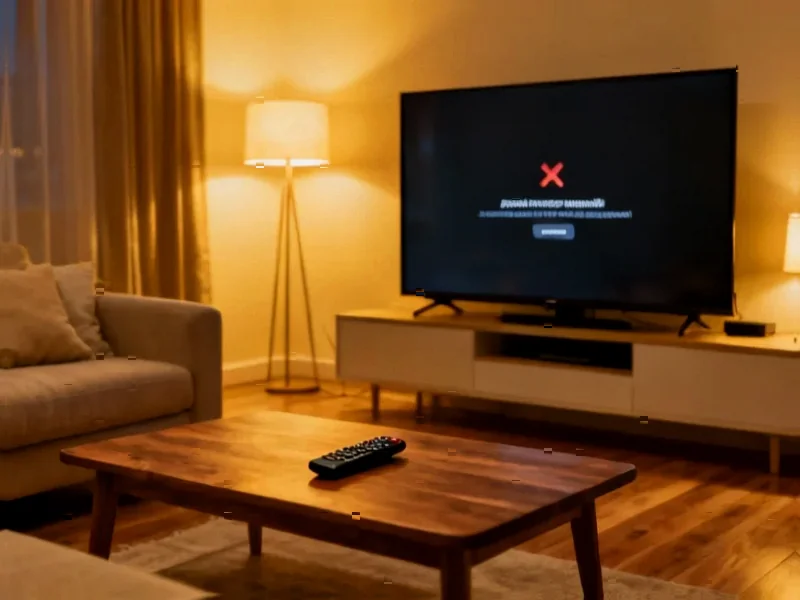According to Android Police, YouTube TV failed to reach an agreement with Disney, resulting in the removal of all Disney channels from Google’s streaming service on October 30. The company initially promised a $20 credit if channels remained missing for an extended period, but users are now reporting receiving a $10 monthly credit for six months instead. The discount isn’t automatically applied to all subscribers and requires navigating to the Manage membership section on the YouTube TV website from a PC. Reddit discussions indicate the credit appears selective rather than universal, effectively reducing the service price from $83 to $73 monthly and providing $60 in total savings over six months. This compensation falls short of the value lost from 20 Disney channels, including live sports coverage.
The Fragile Economics of Streaming Bundles
This situation reveals the inherent vulnerability of streaming bundles in the post-cable era. Unlike traditional cable where carriage disputes were somewhat predictable, streaming services face more volatile content relationships. YouTube TV’s business model depends on aggregating content from multiple providers, creating a house of cards scenario where one collapsed deal can undermine the entire value proposition. The selective compensation approach suggests Google is carefully managing financial exposure while testing how many subscribers will tolerate the reduced channel lineup. This isn’t just about Disney channels—it’s about whether streaming bundles can maintain stability as content owners increasingly prioritize their own direct-to-consumer platforms.
The Stealth Compensation Erosion of Trust
Burying compensation offers in account management pages creates a two-tier system where only the most persistent and tech-savvy subscribers benefit. This approach risks alienating the casual users who form the bulk of YouTube TV’s subscriber base. The psychology here is telling: by making customers work for compensation, Google potentially reduces the overall payout while creating the appearance of good faith. However, this strategy may backfire as subscribers share information about the hidden credits on social media and forums, creating resentment among those who didn’t receive them. The transparency issues extend beyond this single incident—selective discounting without clear criteria sets a concerning precedent for how streaming services might handle future content disruptions.
The Sports Content Conundrum
Disney’s removal hits particularly hard because it includes ESPN networks during peak football and hockey seasons. For many subscribers, live sports represent the primary reason for choosing YouTube TV over cheaper streaming alternatives. The $10 credit hardly compensates for losing access to crucial games and events that form the core of the service’s value proposition. This incident highlights the growing power struggle between content owners and aggregators in the sports streaming landscape. As leagues and networks develop their own streaming options, middlemen like YouTube TV face existential threats to their sports-heavy business models. The partial compensation suggests Google recognizes the sports content crisis but isn’t willing to fully absorb the financial impact.
Broader Market Implications for Streaming
YouTube TV’s handling of this dispute sets a template that other streaming services will likely observe closely. The approach of offering partial, selective compensation rather than automatic across-the-board refunds could become industry standard for carriage disputes. This creates a dangerous precedent where consumers bear the brunt of corporate negotiations gone wrong. The situation also demonstrates how streaming is increasingly mirroring the worst aspects of traditional cable—hidden fees, complex compensation structures, and diminished transparency. As the streaming market matures and consolidation continues, consumers may find themselves with fewer alternatives and less leverage when service quality declines due to content disputes between corporate giants.




